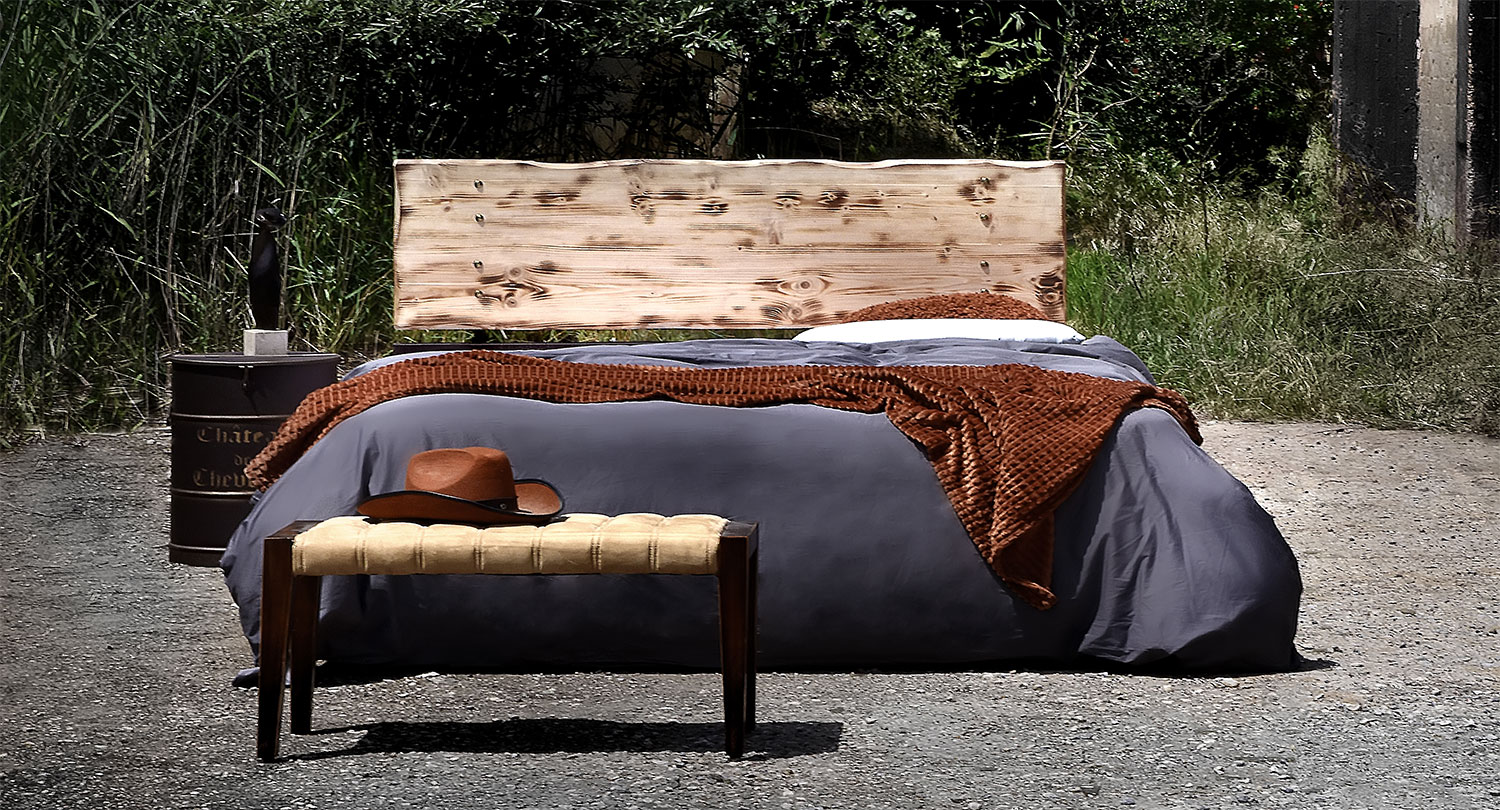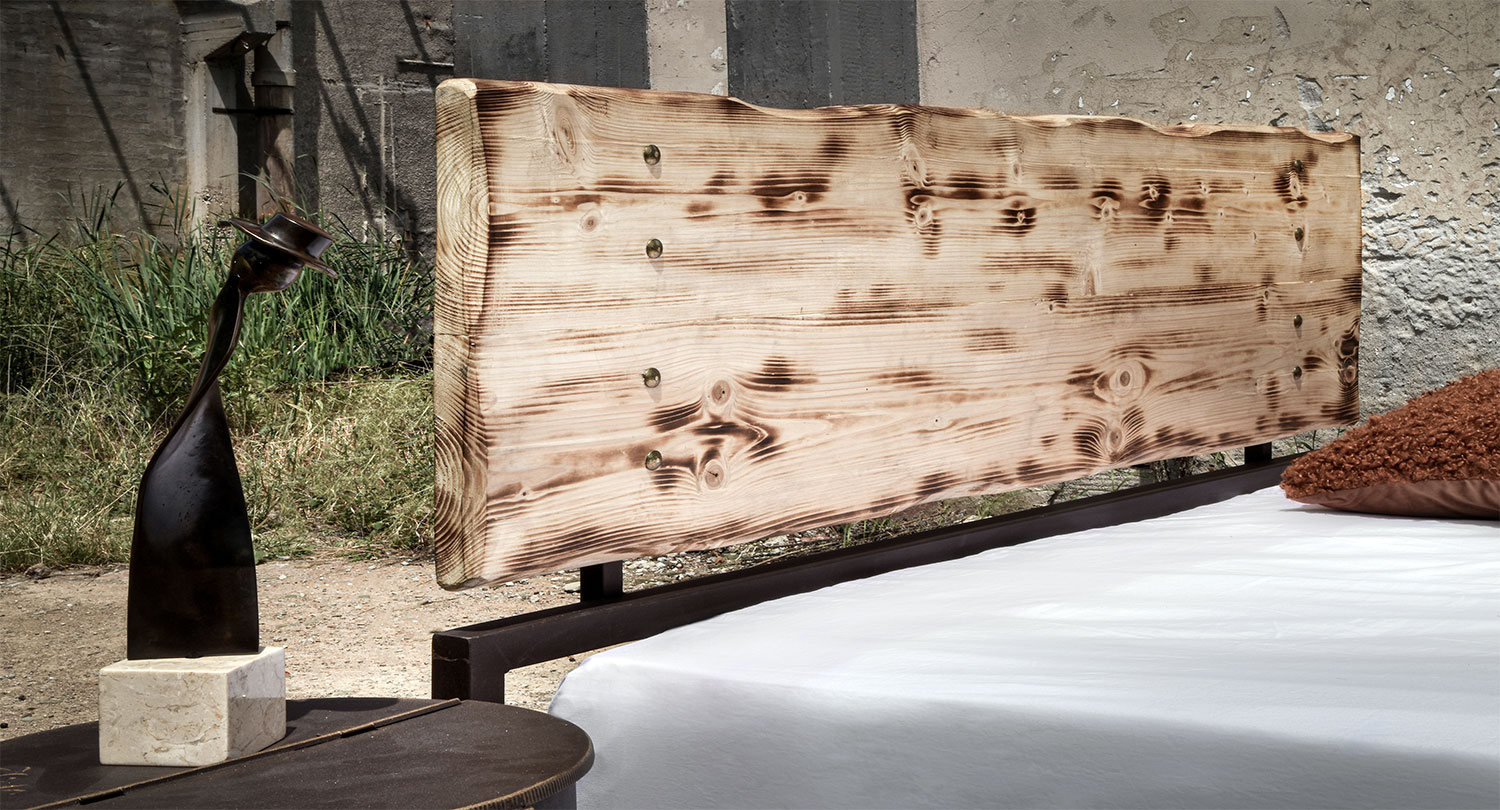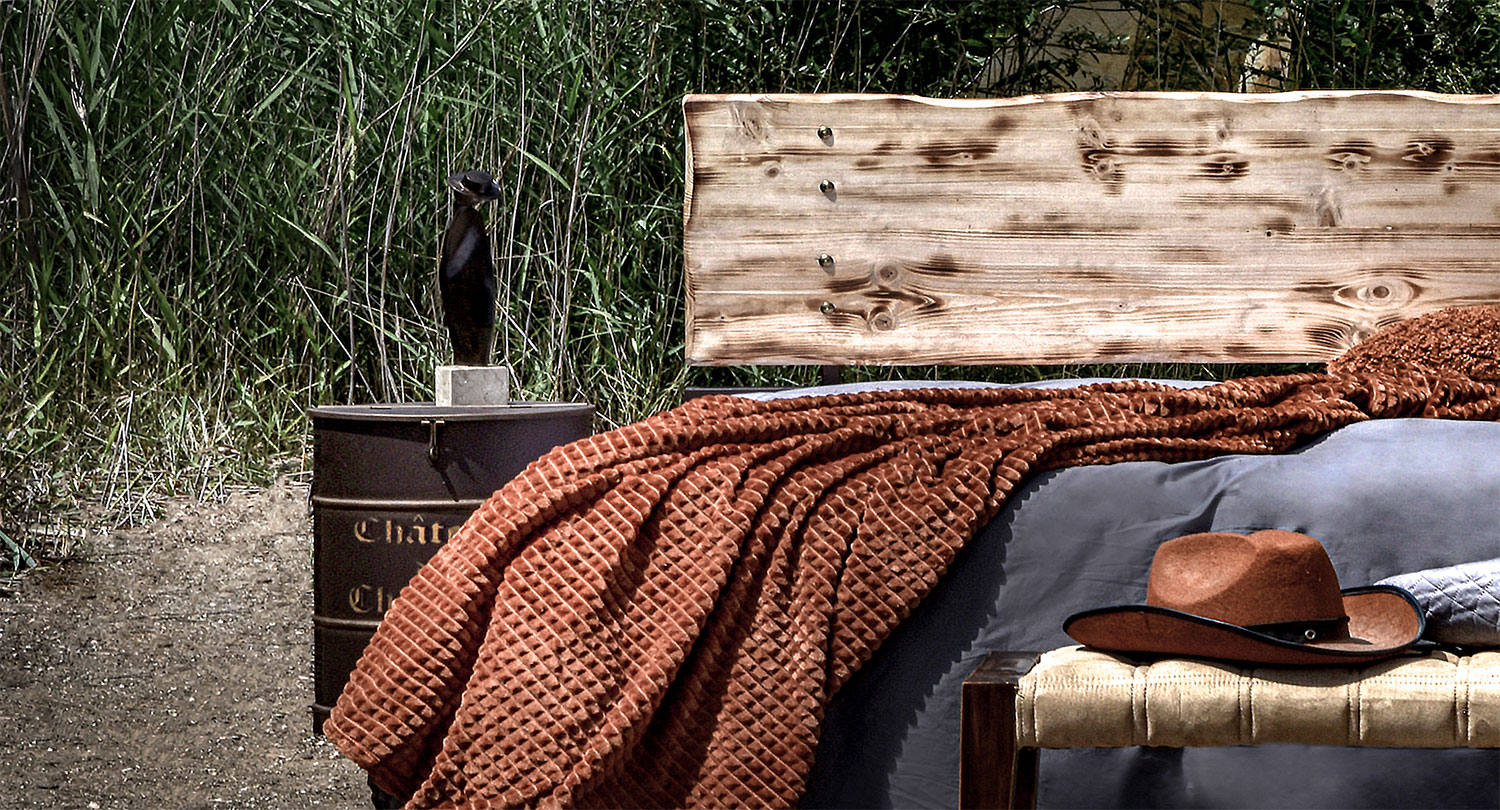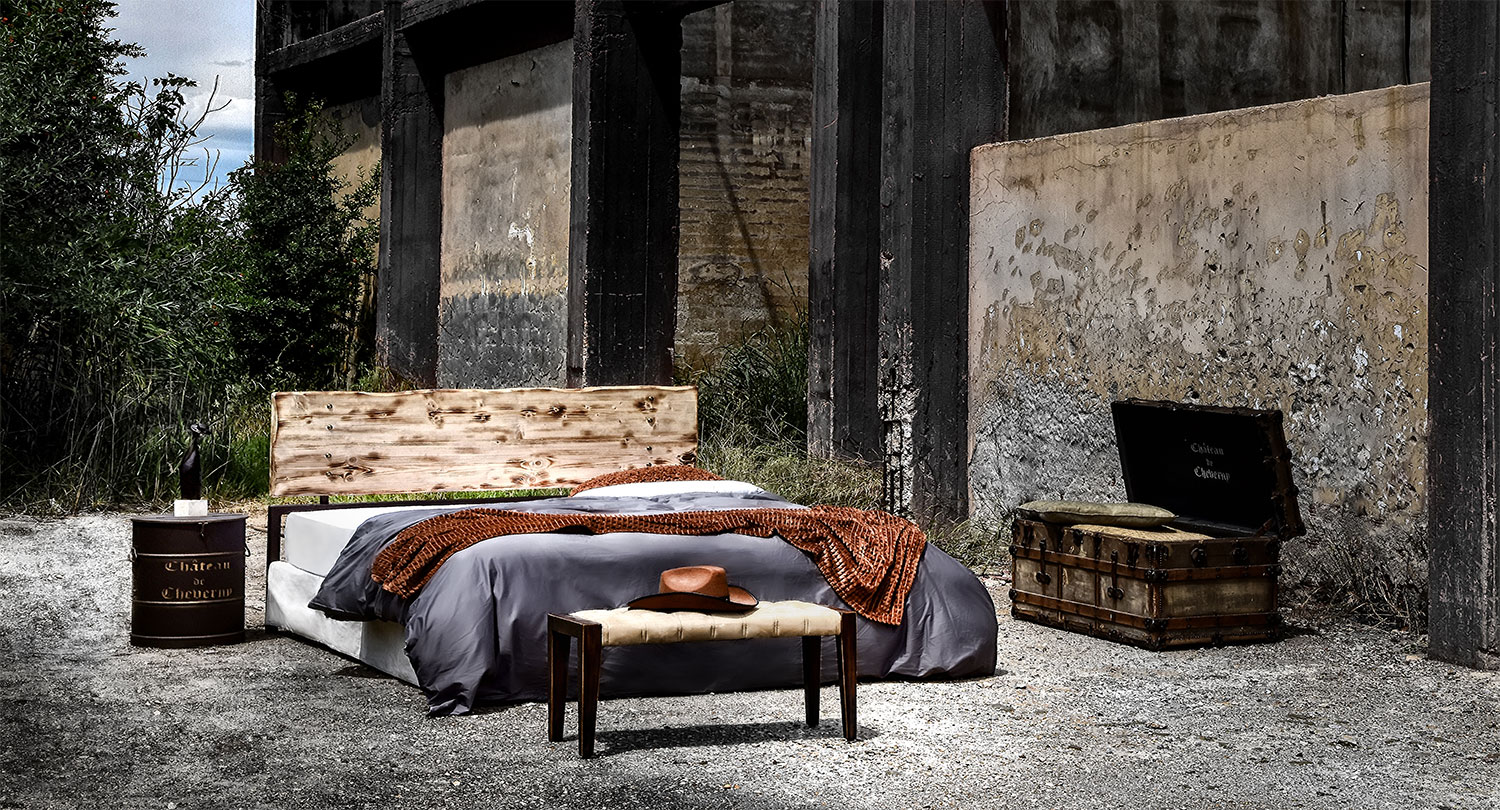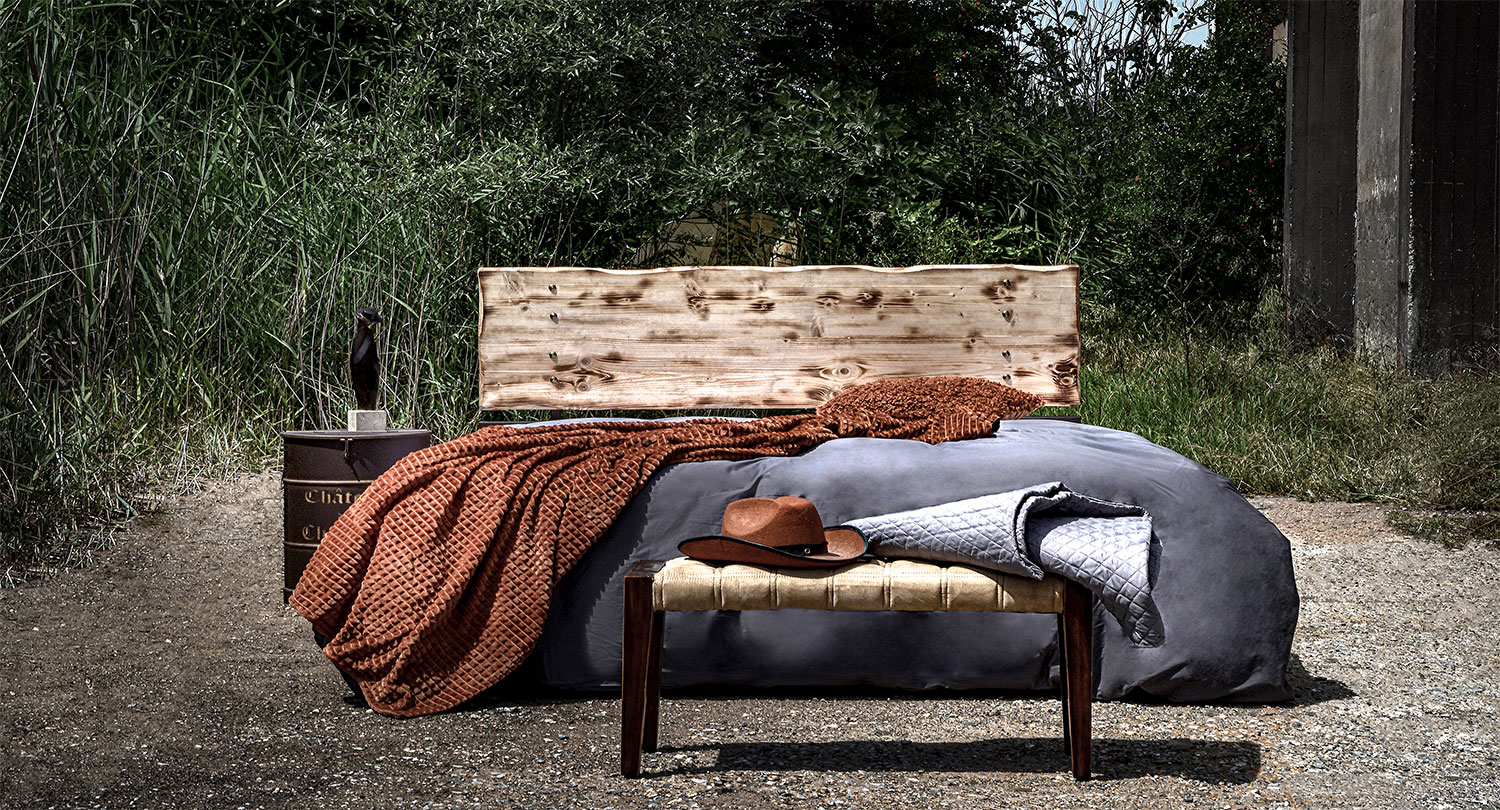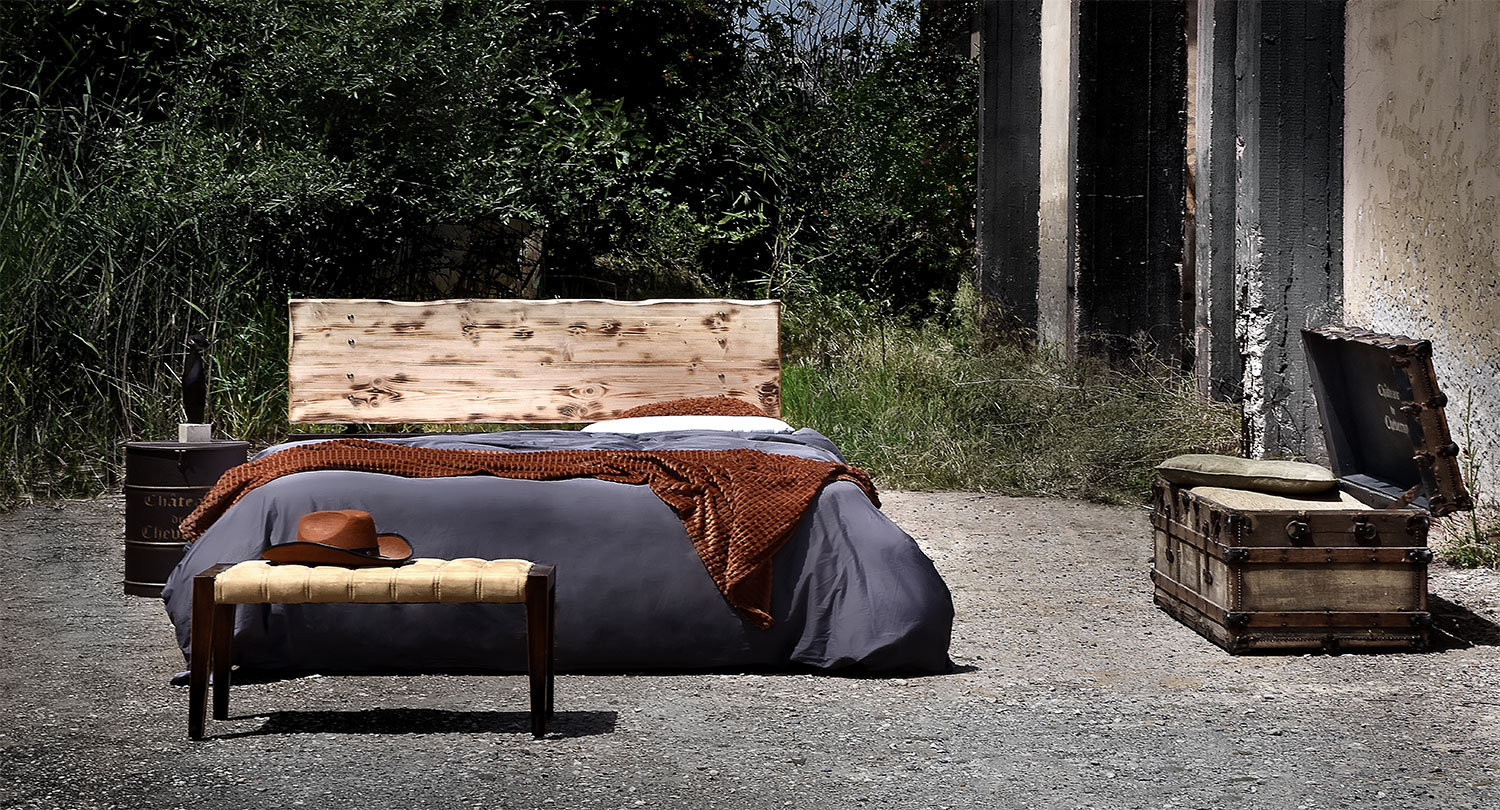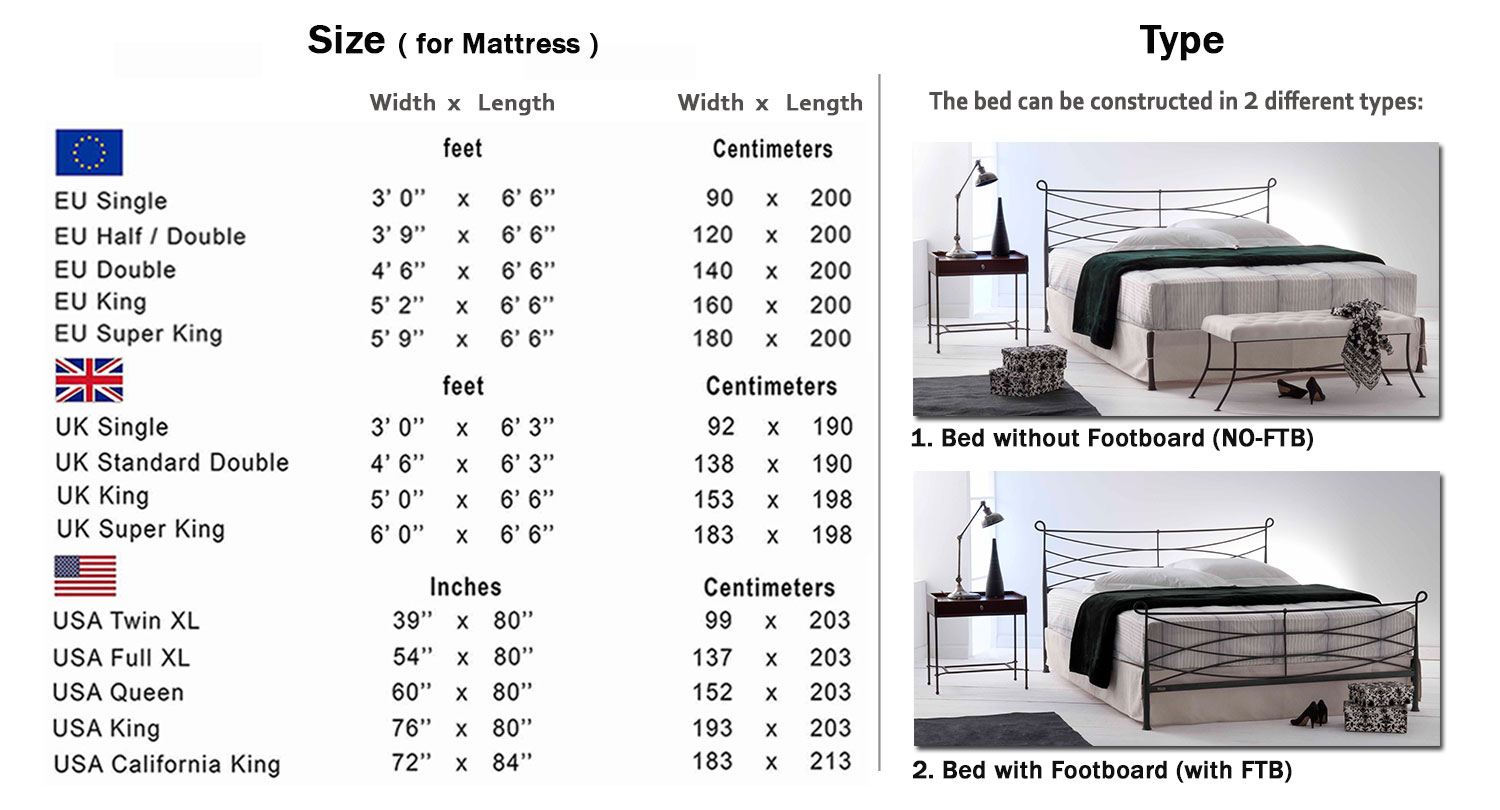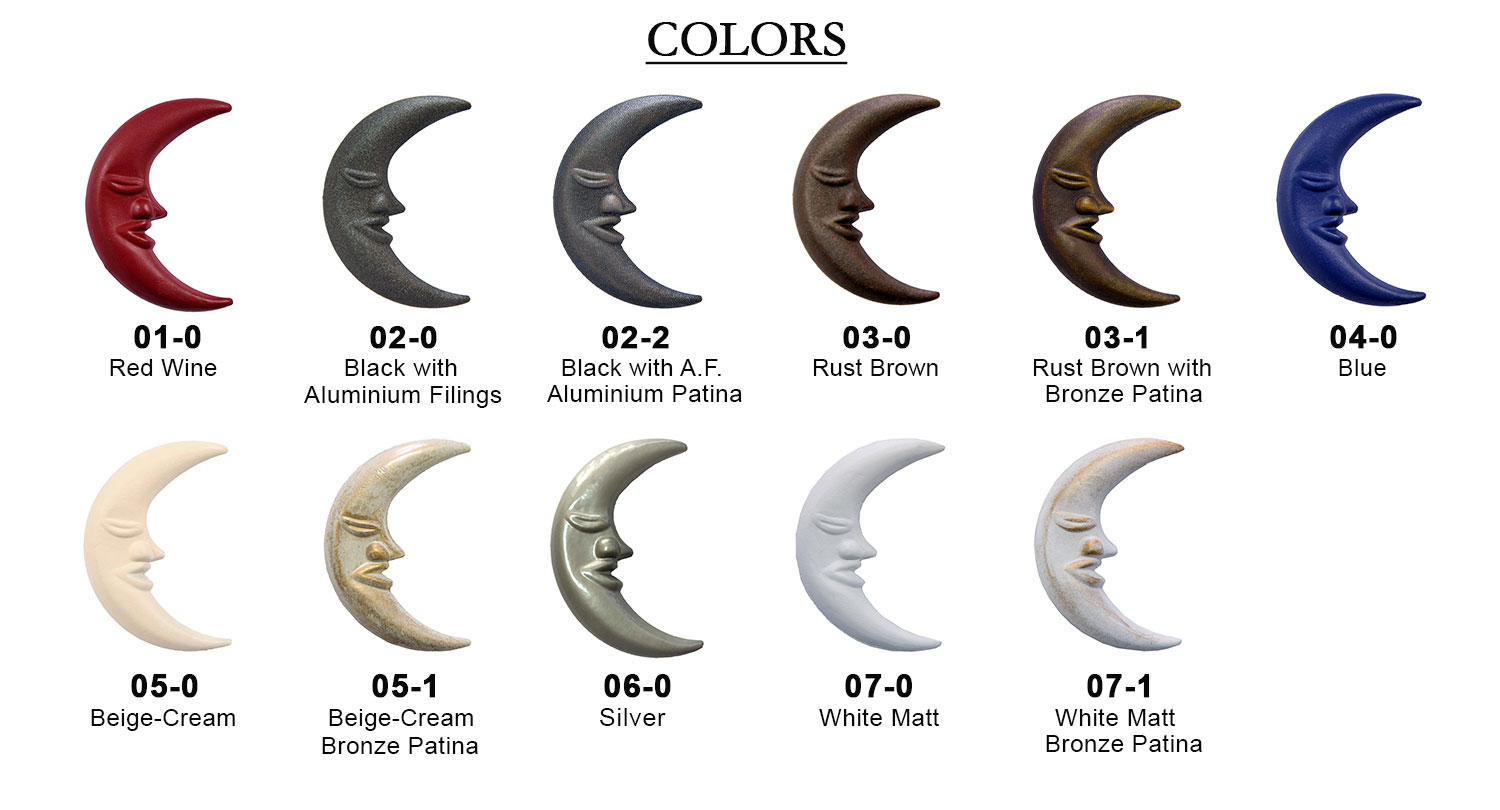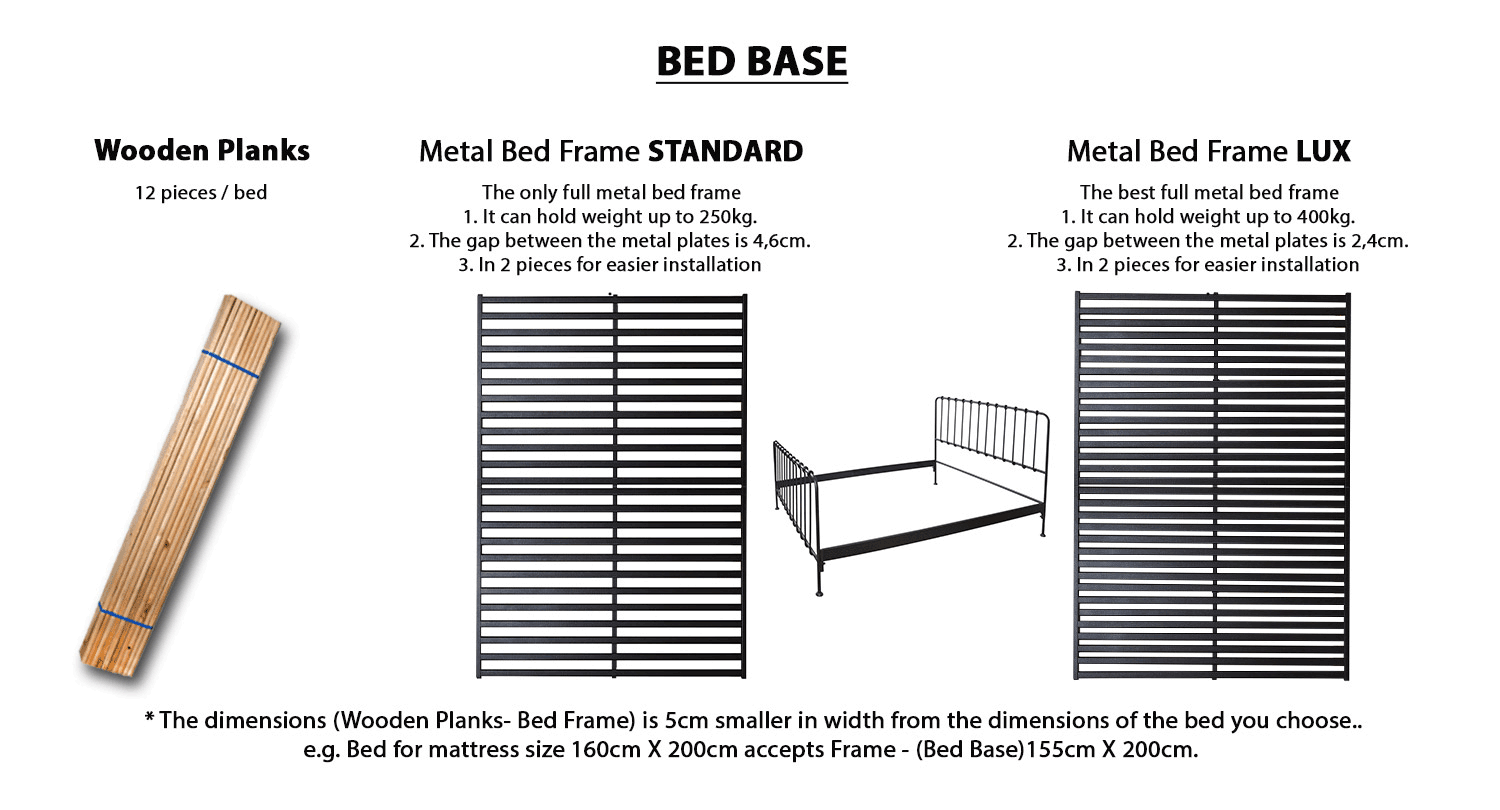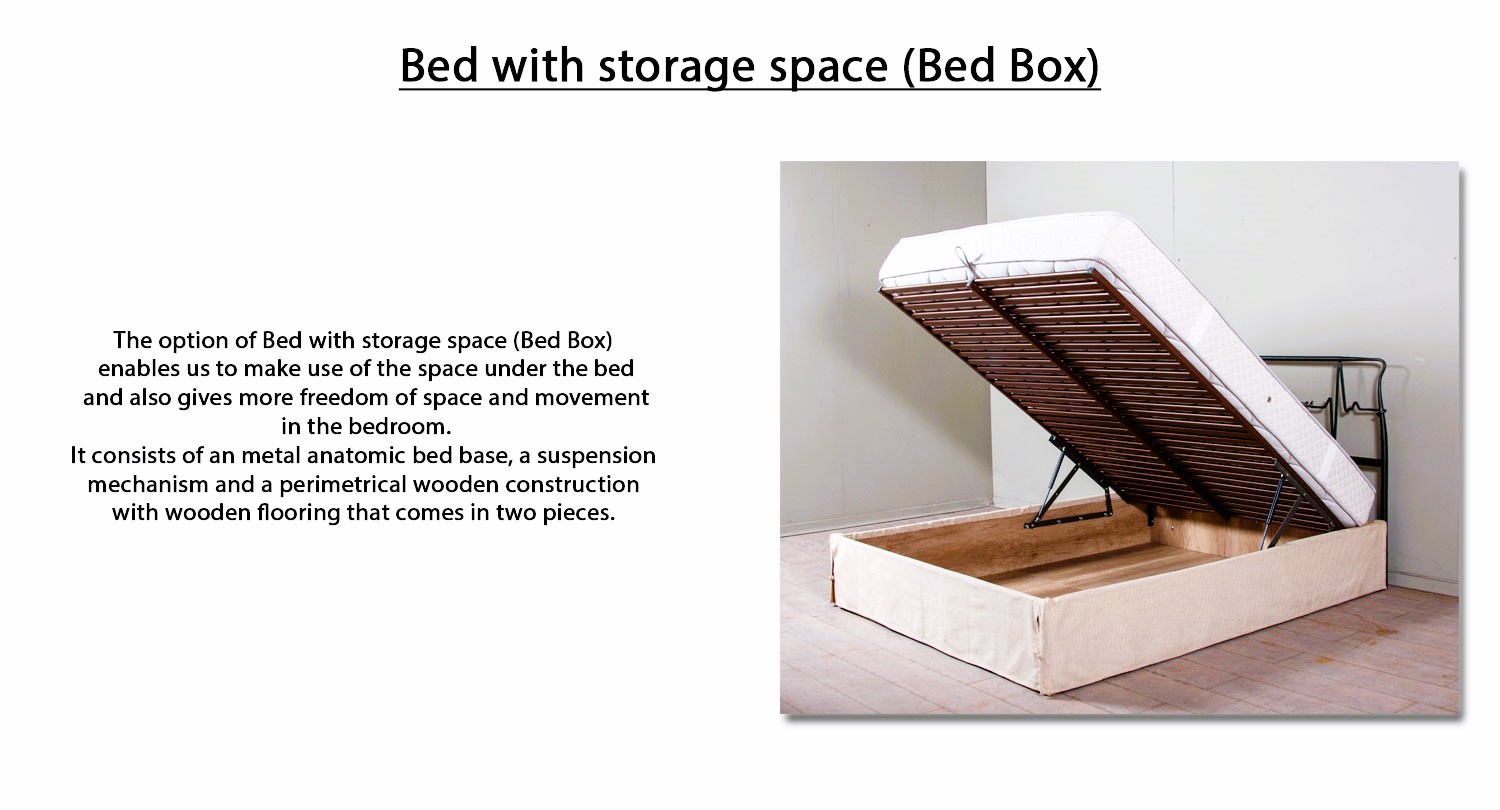Description
DAFNI Industrial Iron Bed Frame
A unique handmade industrial metal bed.
Modern industrial lines, style, and special finishes give a modern style to the decoration of the bedroom…
Introducing the DAFNI Iron Bed Frame from Volcano Handmade Iron Bedrooms, a masterpiece that perfectly encapsulates the essence of modern industrial design. Handcrafted with precision, DAFNI stands as a testament to the beauty of industrial aesthetics combined with unmatched durability. This bed frame is designed without a footboard, emphasizing its sleek, streamlined appearance and making it a versatile fit for any bedroom decor.
Lifetime warranty, environmentally friendly, and safe.
Shipping Worldwide
The bed is made: Without design on the footboard (NO-FTB)
∗ The dimension that you choose concerns the dimension of the mattress and not the external dimensions of the bed.
∗ The bed is made for a mattress ∼26cm. / ± 2cm.
Bed with storage space (Bed Box)Beds can be made with a Bed Box as a special construction (ask us).
** For mattress sizes over 160cm (due to the large width of the bed), sets of wooden boards are not available and the choice of metal bed base is obligatory, providing maximum strength and stability of the bed.
- Headboard height: 111cm
- Footboard height: 32cm
- Bed base height: 32cm
Bed length without footboard on the leg: +5cm of the mattress length.
Discover more about industrial metal bed frame in our Industrial Collection
Find us on social media
Watch a video of our Industrial Collection in our Youtube Channel
Metal beds vocabulary and information
What are Bed Rails?
By using the term “bed rails”, we refer to the side rails of your bed. Most of our bed rails are made of metal but we also provide some models with wood. The bed rails need a headboard and footboard to support your mattress and box spring.
What is a iron bed frame ?
By using the term bed frame, we refer to the “base” that suppots the mattress. A bed frame usually needs a headboard or footboard. Our beds provide all the pre-mentioned elements. A bed frame or bedstead is the part of a bed used to position the mattress and base (foundation). It may include means of supporting a canopy above. Bed frames are typically made of wood or metal. A bed frame includes head, foot, and side rails.
It may also include slats to support the mattress, in which case a separate base is not necessary, as in a platform bed. Most double (full) sized beds, along with all queen and king size beds, require some type of center support rail, typically also with extra feet extending down to the floor. The term “bed frame” was first used in 1805-1815.
How was the iron bed frame invented?
Iron beds were produced in the 17th century Italy to deal with infestation by bed bugs and moths. An iron cradle has been dated to 1620-1640. From the beginnig of their production in the 1850s until World War I, iron beds were handmade.
The production included hand pouring and polishing intricately detailed casting and finishing made on hand. In the many small foundries of the time where a handful of employees worked.
It could take days to produce a single bed. After the end of World War I, the mass-production processes used for wartime affected the iron industry as well. The handmade quality gave way to cost-effective mass production.
How industrial style began
While little is known about the origin of industrial style interiors, it’s widely assumed that the style developed during the early 20th century. At the end of the 2nd industrial revolution, the trend leading to globalization become more apparent. Many key factories moved their operations to other countries which resulted to industrial buildings beeing abandonned. On the other hand, it left behind an endless resource of high-quality materials to use.
And as cities have become increasingly populated once again since the early 90’s, resulting in a shortage of residential buildings, it become a logical solution to transform industrial areas into residential neighborhoods through renovation.
Instead of concealing the untouched beauty of industrial buildings, inteligent architects and homeowners were the first in converting industrial style plans in an ongoing trend by keeping bare walls, architectural details, and the mechanisms of the original buildings.
Information
We provide a written “Lifetime Warranty”.
The warranty covers the welds and the stability of the bed structure.
VOLCANO metal products are subjected to a special demagnetization treatment with Curie method (increase of the metal temperature above 770°C) and are completely safe for your health.
Bed Size – Type
The beds are manufactured in EU, UK, USA dimensions and in 2 different types:
- Bed with design on the footboard (With FTB)
- Bed without design on the footboard (NO-FTB)
☑ The dimension that you choose concerns the dimension of the mattress and not the external dimensions of the bed.
☑ The bed is made for mattress ∼26cm.
Assembly time: 15′ (the product comes with detailed illustrated instructions).
Bed Base
☑ The bed base is the largest part of the bed, the size of which is 5cm. smaller than the width of the bed you choose e.g. Bed for mattress size 160cmX200cm uses Bed Base 155cmX200cm.
☑ ** For mattress size over 160cm (due to the large width of the bed), sets of wooden boards are not available and the choice of metal bed base is obligatory, providing maximum strength and stability of the bed.
Color
The paint is made of acrylic powder which is baked in a special oven at 200°C. This results in perfect adhesion of the color to the metal, ensuring maximum durability.
☑ If you choose patina color, we inform you that it is applied only on the bed design and not to the sides and the bed base.
Bed with storage space (Bed Box)
Beds can be made with storage space (Bed Box) as a special construction (ask us).
DELIVERY DETAILS
The bed consists of 4 packages (headboard, footboard, 2 side panels, bed base).
PACKAGING & PRODUCT INSURANCE
Our proper packaging with special materials ensures the maximum protection, in order for you to receive the products without damage.
However, it is important to choose insurance of products value (with a small extra charge), in order to deal with any problems due to unforeseen transportation factors, so that these cases can be addressed immediately.
☑ You can choose the transportation insurance before the completion of your order.
- All materials used in manufacturing of our products are recyclable.
- VOLCANO products are signed by the manufacturer with an embossed metal signature, ensuring their authenticity.

